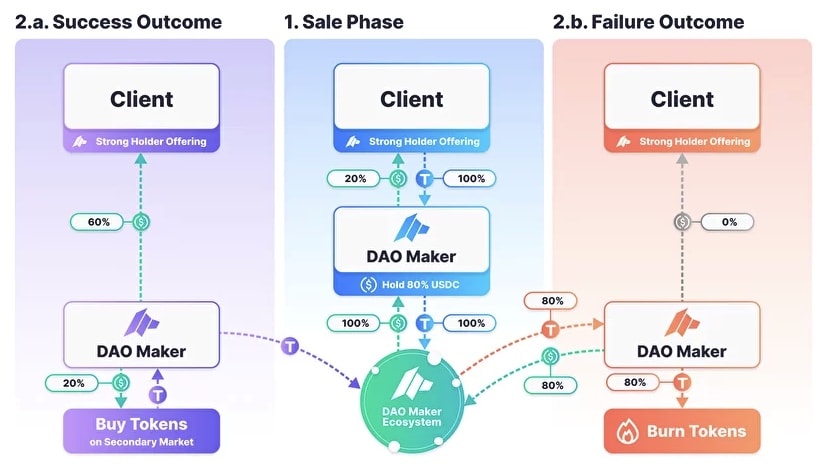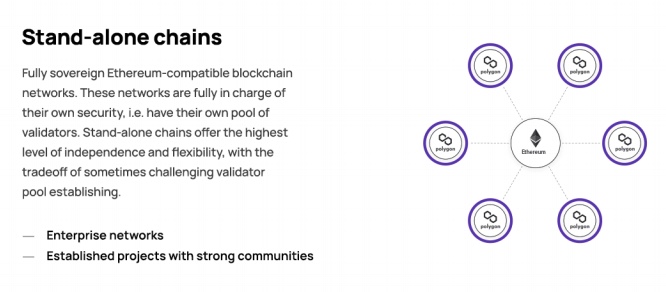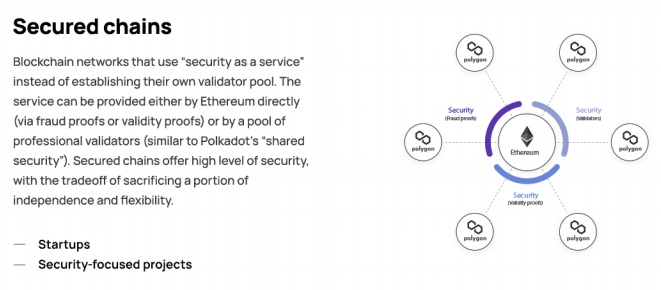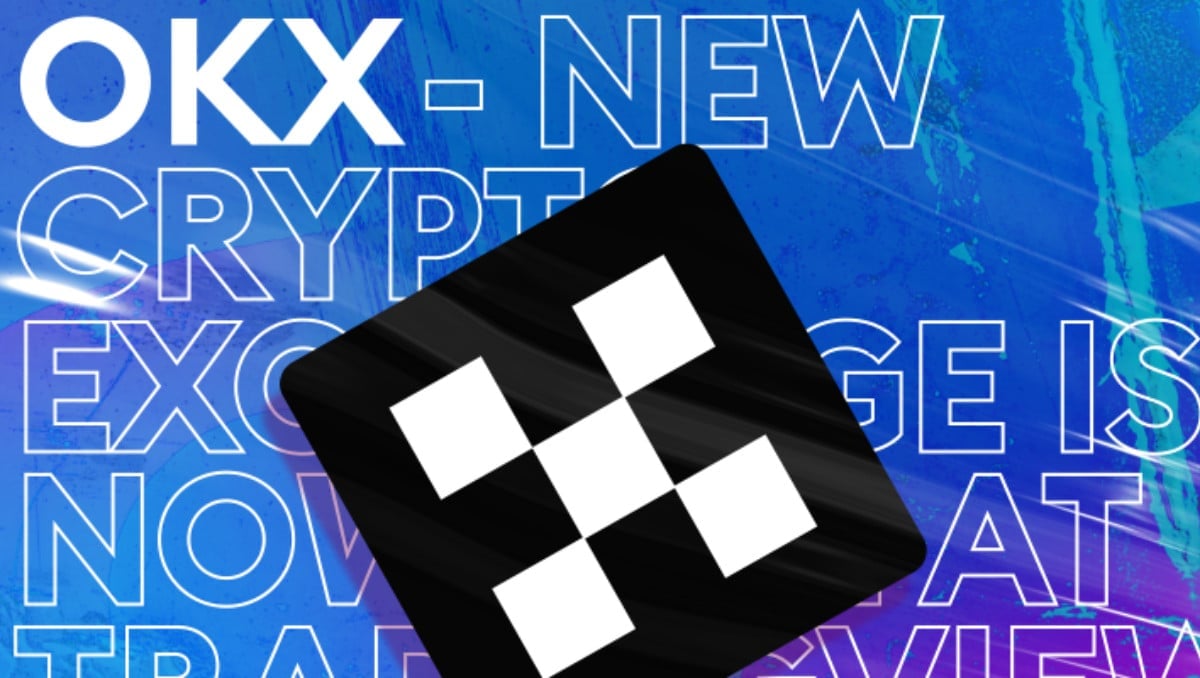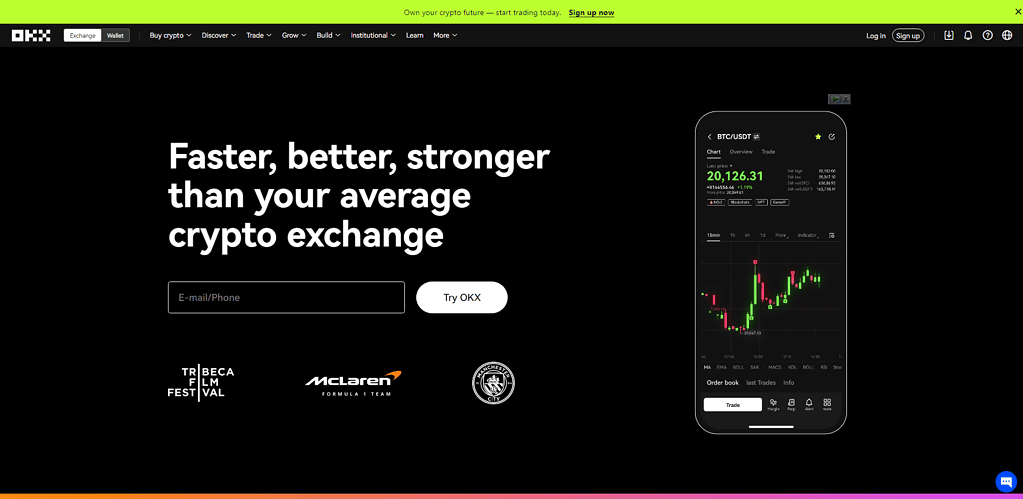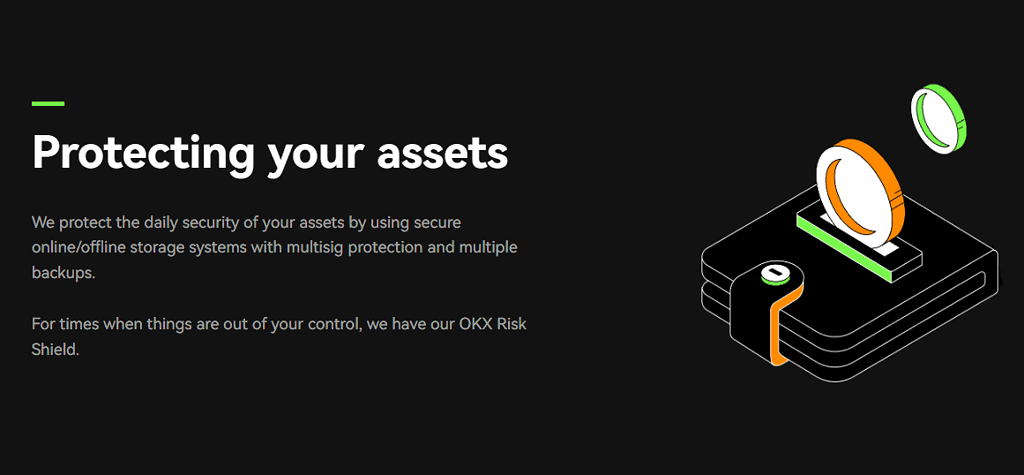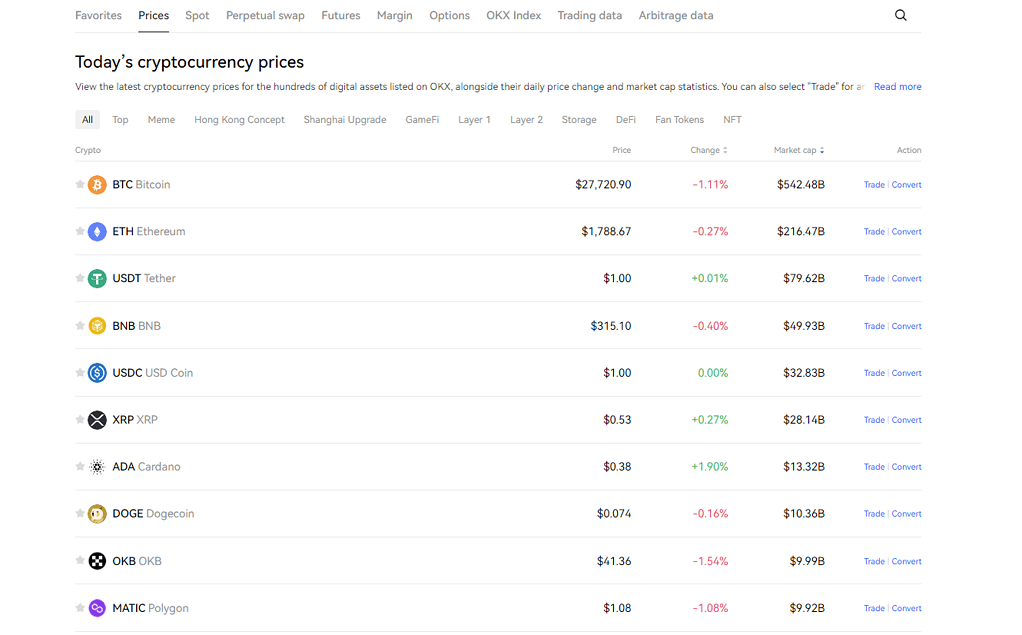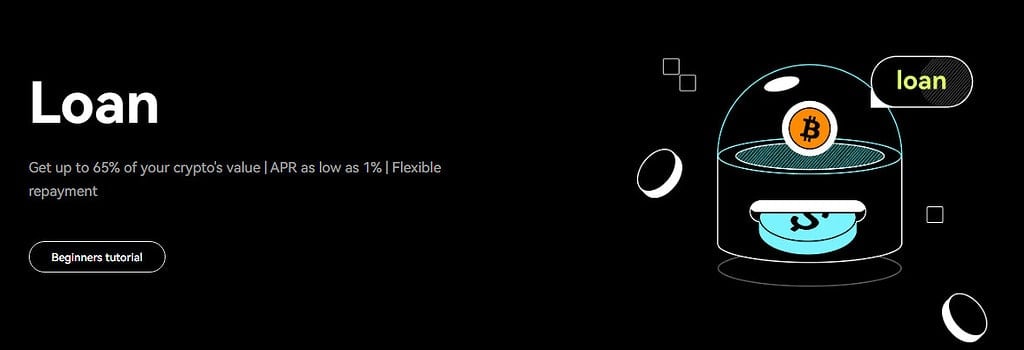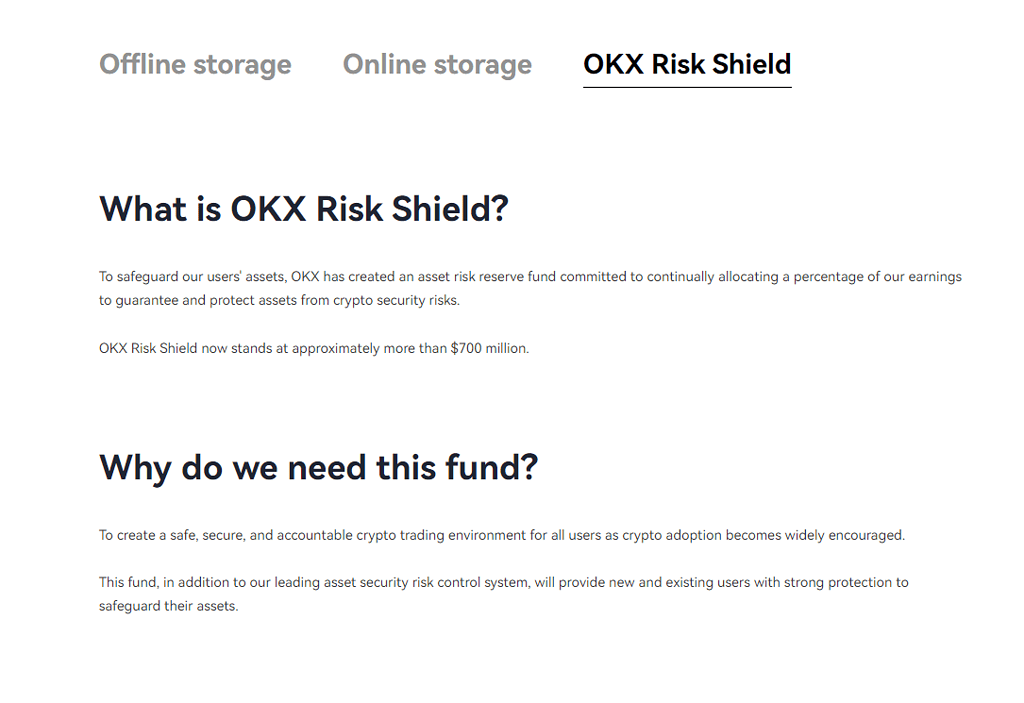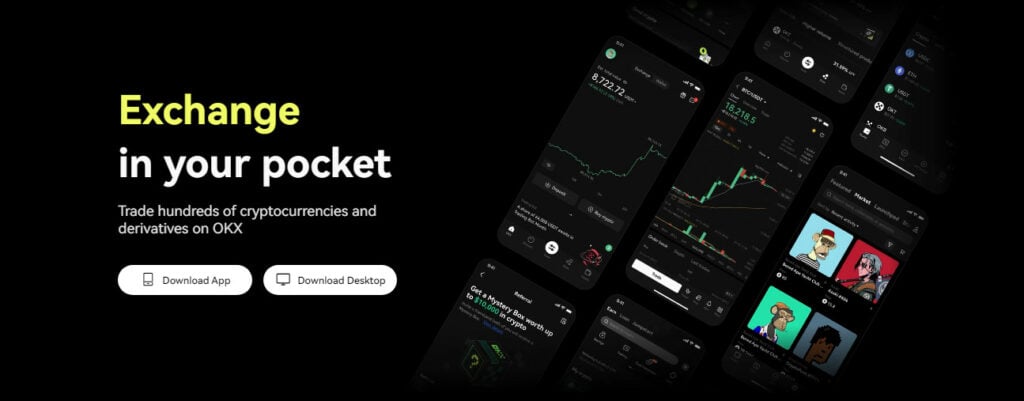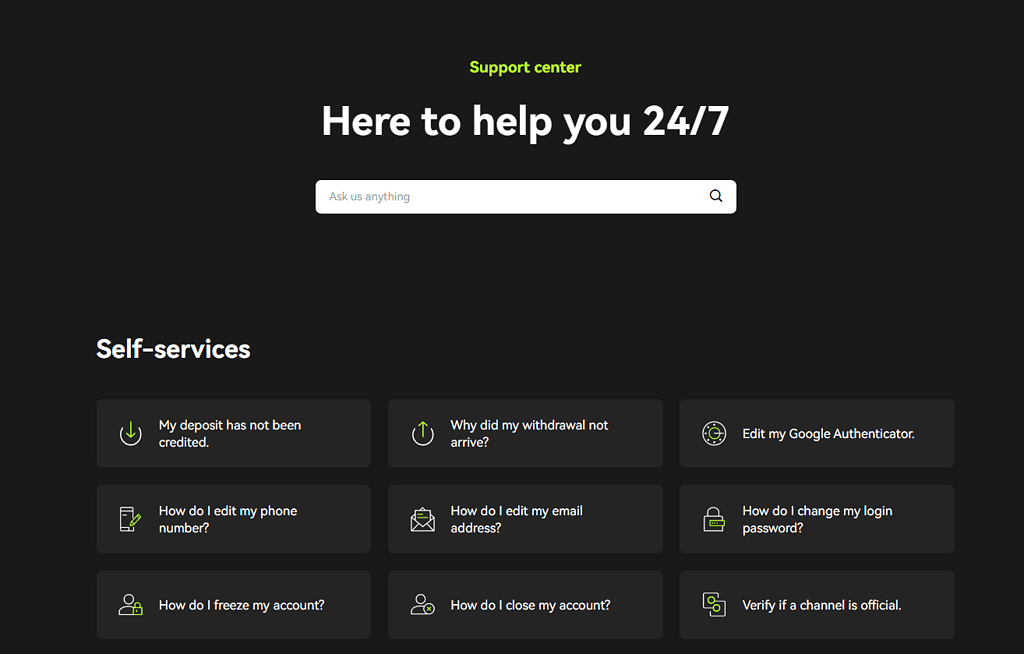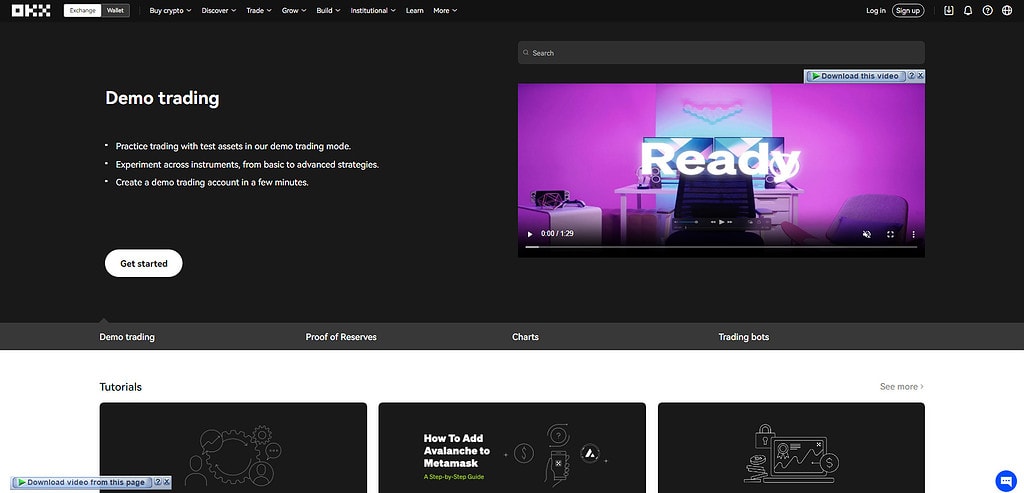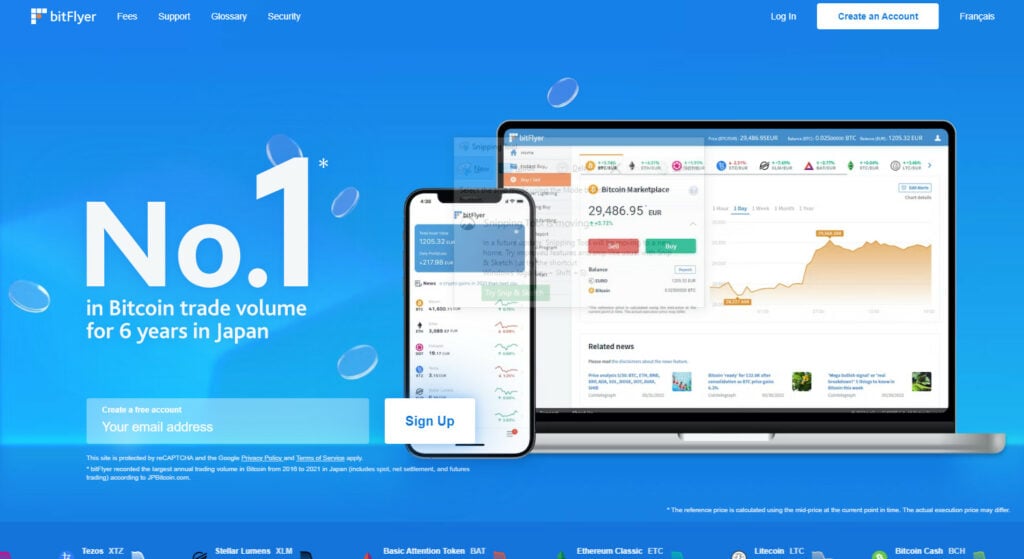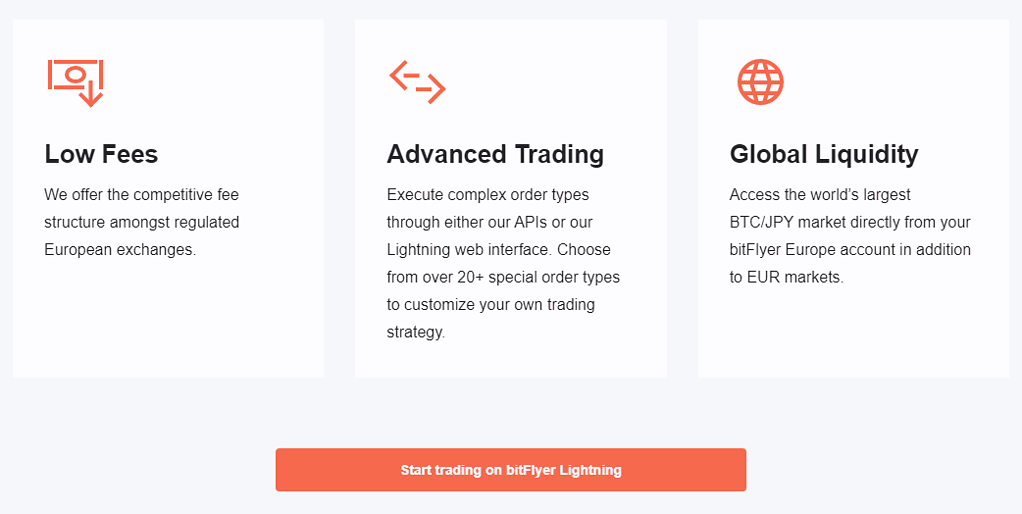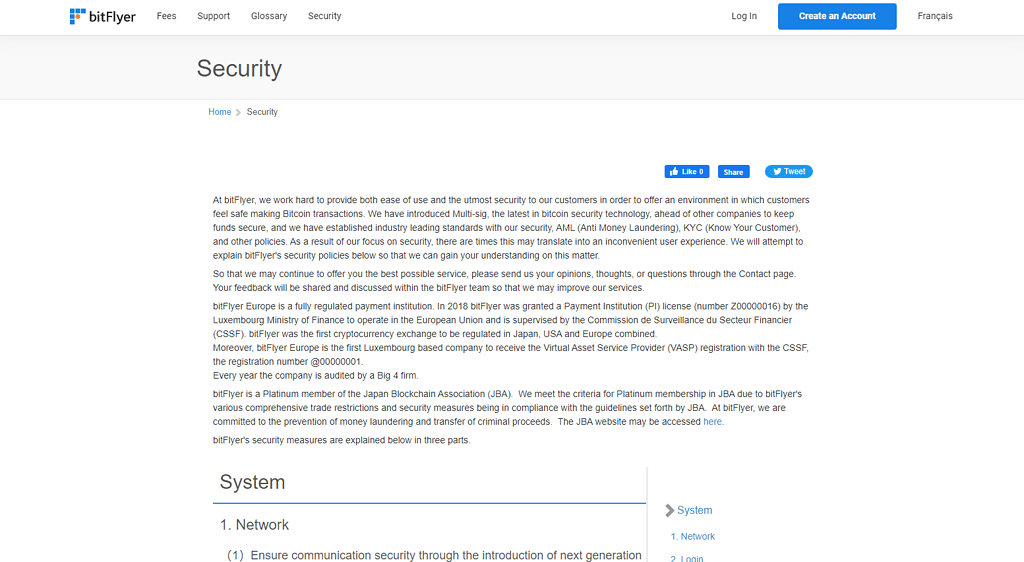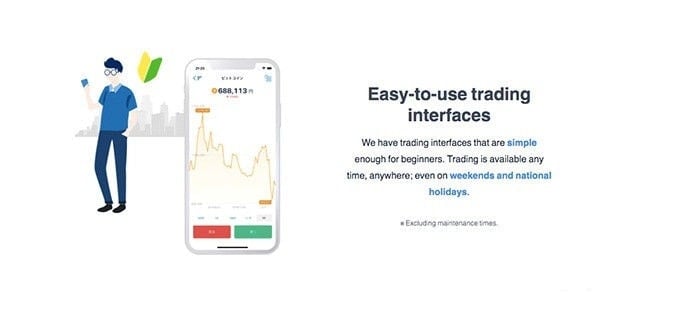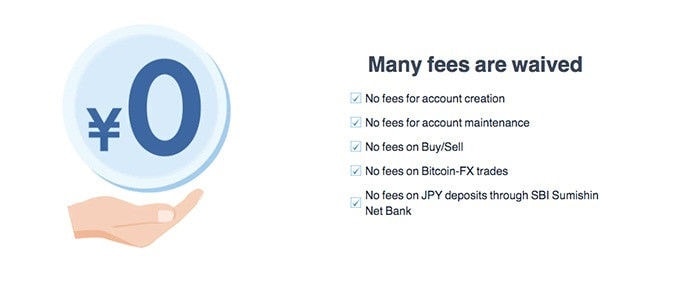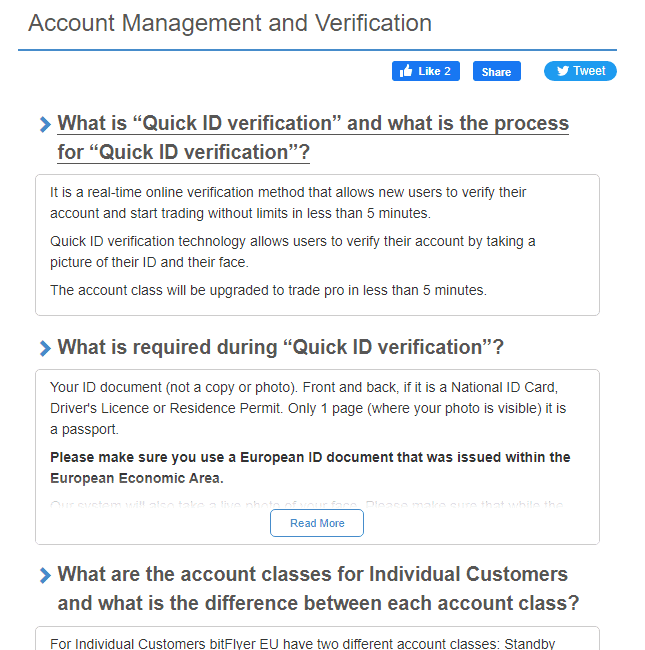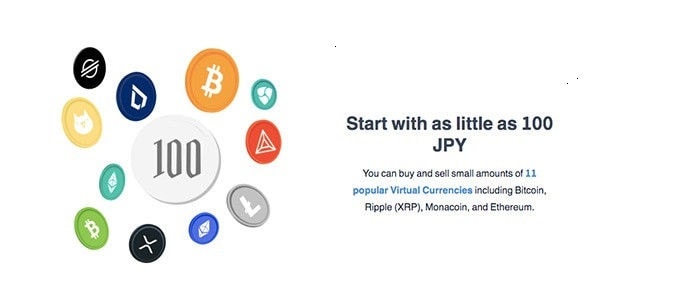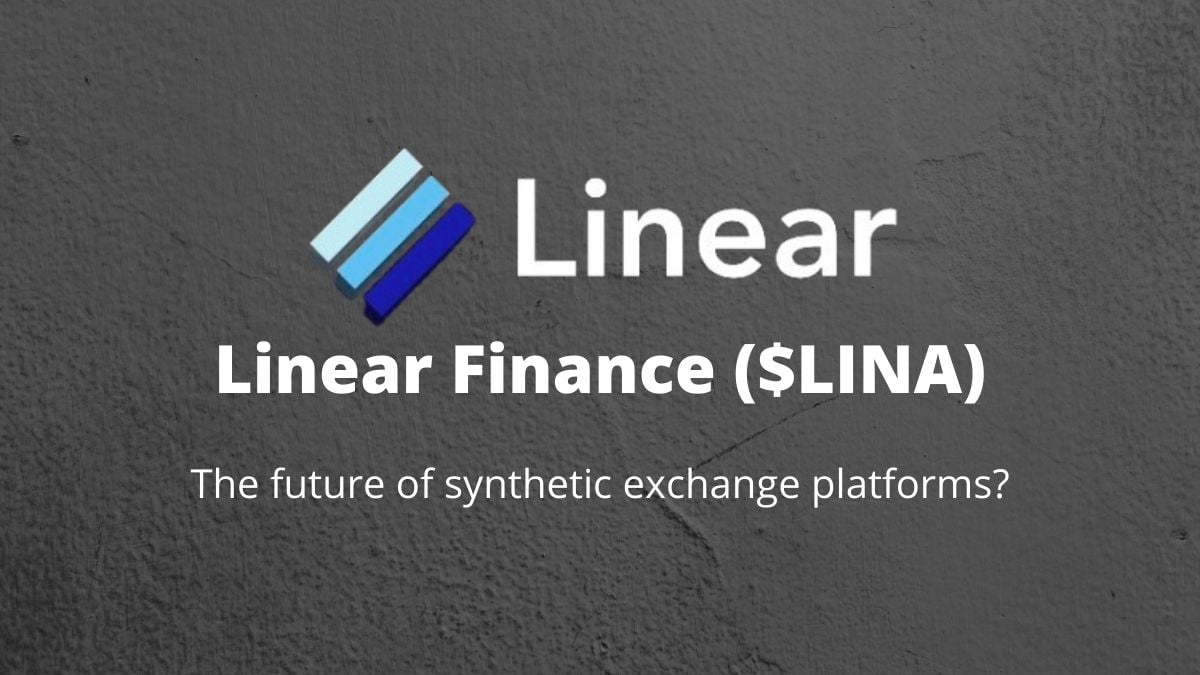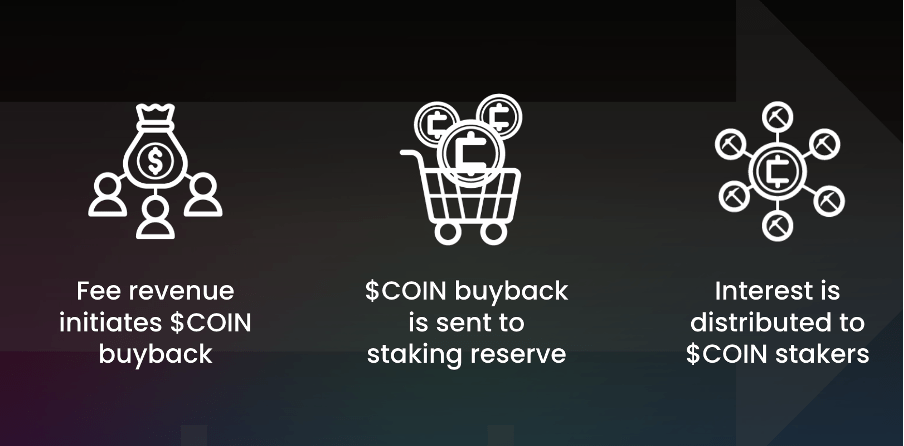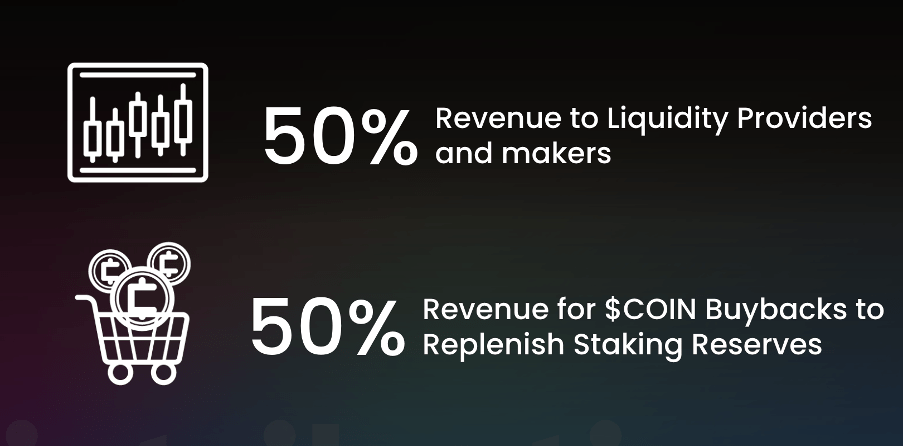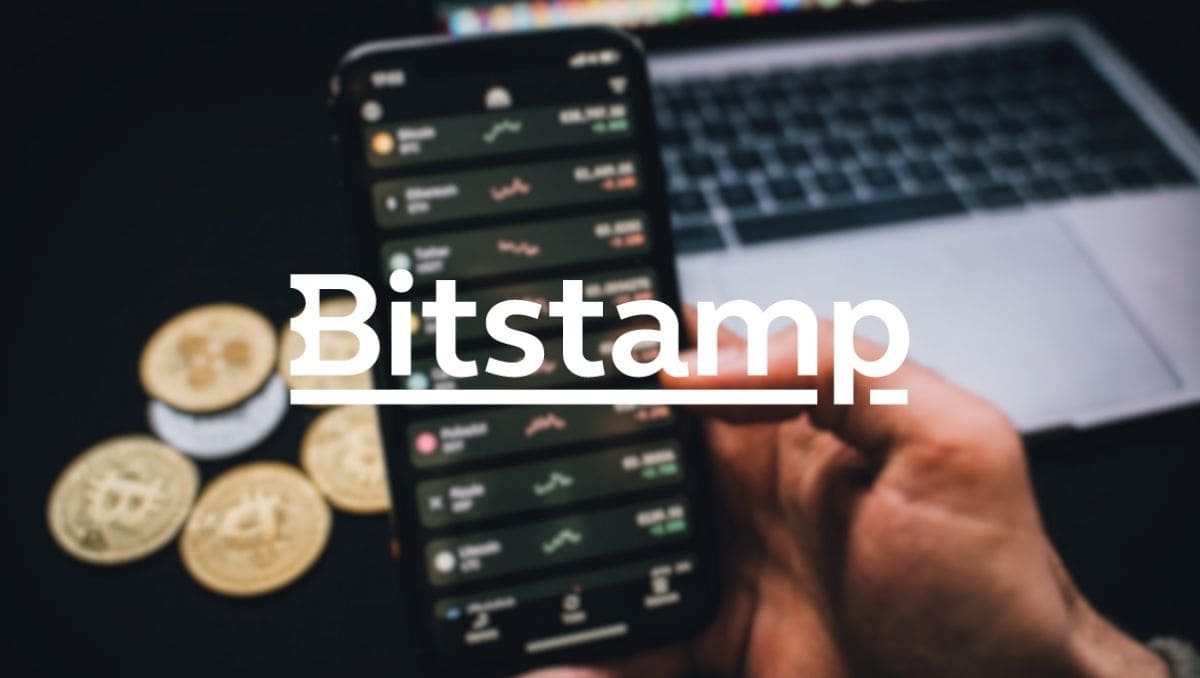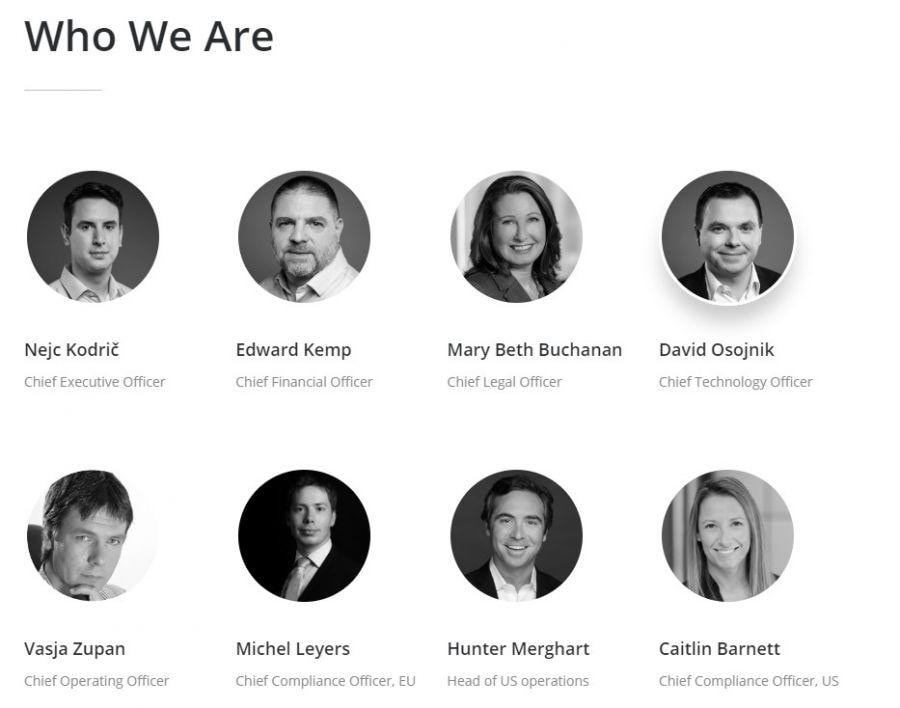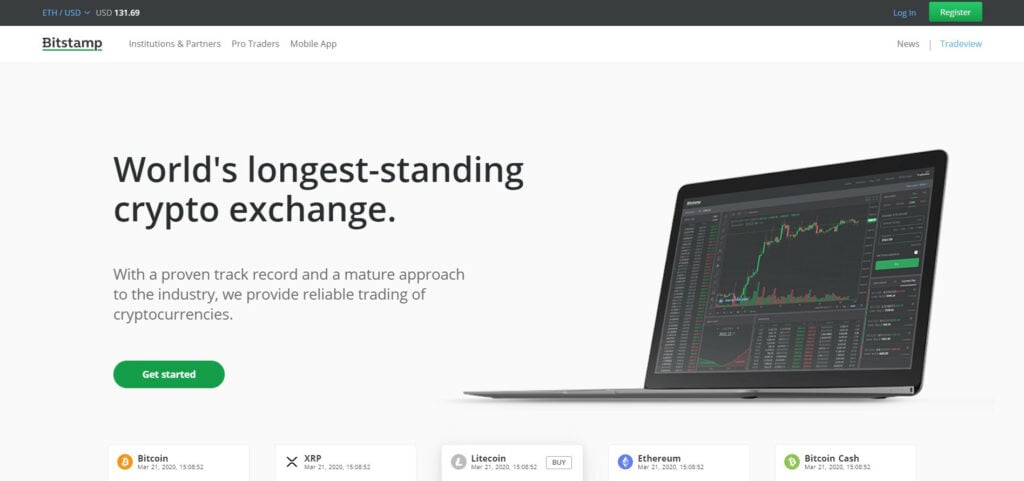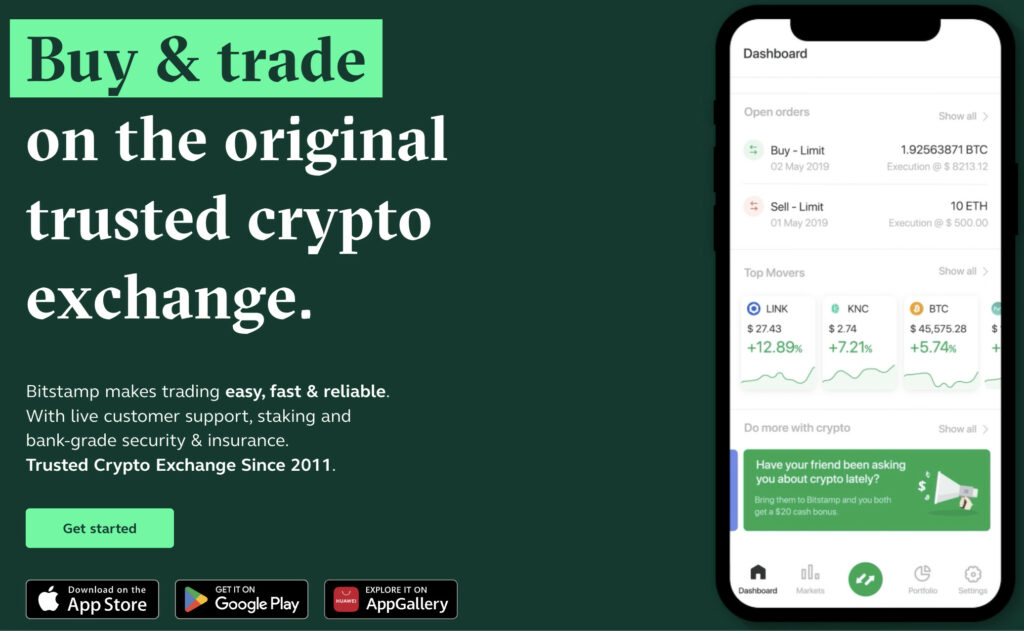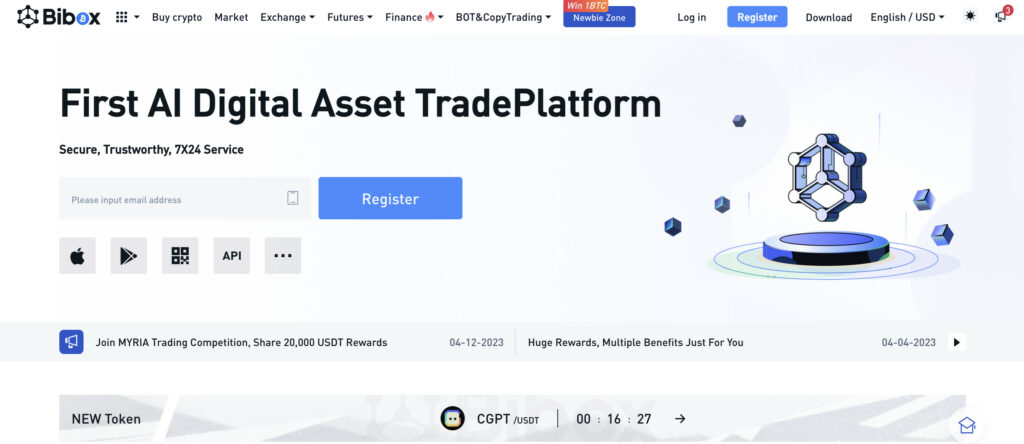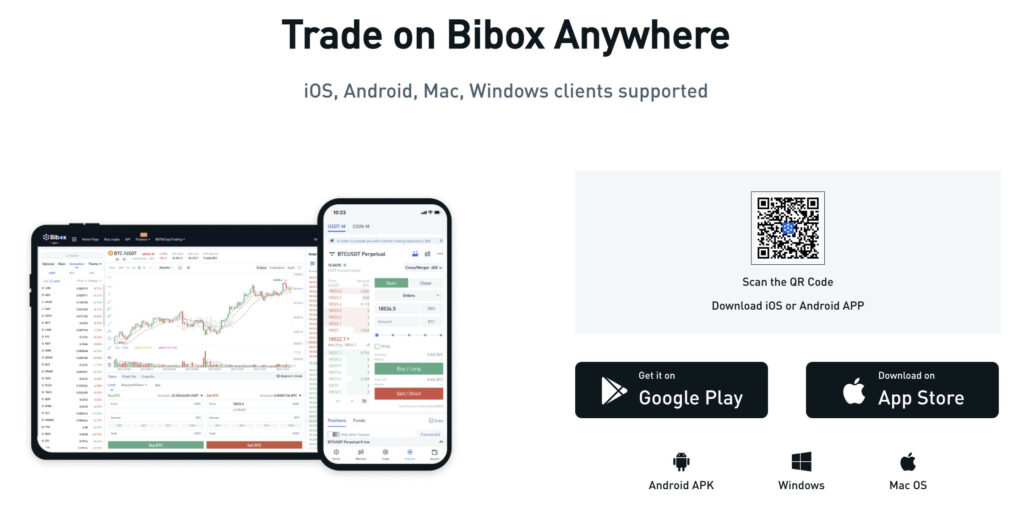Polkadot ($DOT) refers to itself as a next-generation blockchain protocol that connects multiple blockchains into one network. As we’ve seen in a previous article on the hottest blockchain projects in China, Polkadot and its Co-creator Gavin Wood are highly regarded by the Chinese cryptocurrency community, who are heavily invested in this project. Polkadot is also now gaining a lot of interest in the West because of its listing on major exchanges such as Binance, OKEx and Kraken.
The purpose of Polkadot is to enable blockchain networks to improve scalability, optimise themselves for specific use cases, work and communicate together, self-govern, and upgrade without the need for hard forks. In this article, we look at Polkadot’s current status, its role in Decentralised Finance (DeFi), the $DOT token and more.
Here’s our video explaining what is Polkadot in less than 2 minutes!
Background
Polkadot was launched in 2016 and is run by the Web3 Foundation, which strives to build a free and decentralized web. However, the foundation had made a contract with Parity Technologies to build its protocol. Its Founders are Gavin Wood, Peter Czaban, and Robert Habermeier. Gavin Wood, in particular, is also one of the Co-founders of Ethereum, thus bringing a sense of legitimacy and confidence in the eyes of a lot of cryptocurrency enthusiasts, especially from the Chinese audience.
The team has extensive experience with distributed ledger systems, blockchain protocols (particularly Ethereum), cryptography, and wallet technology. Despite the lead developer being Parity Technologies, multiple independent teams have contributed to the development of Polkadot.
What Is Polkadot?
Polkadot is a sharded bridge-like protocol, which focuses on maintaining communication, value transfer, and pooling the security of blockchains. It allows blockchains to operate with each other in a parallel manner by unifying them into one network. The unification compounds the strengths of different blockchains and mitigates their weaknesses.
According to the team, Polkadot is a project by developers for developers. It is aimed at connecting public and private chains, oracles, DApps, and services to seamlessly work side by side. And thus, it facilitates the connection of different independent blockchains together into a single Web3 Internet.
Polkadot’s Building Blocks
Polkadot is built on Substrate blockchain building framework that is derived from Parity’s experience with Ethereum, Bitcoin, and enterprise blockchains. The protocol’s state machine is compiled with WebAssembly (WASM) – a high performance virtual environment.
Furthermore, Polkadot uses libp2p for peer discovery and communication. It is coded with C++, Rust and Golang for wide developer accessibility.
Polkadot Governance Model
Polkadot governance model is on-chain and well defined. It is designed to include all stakeholders in a governance council. The users can participate in the system’s decision-making by simply holding the native $DOT token. Currently, Polkadot’s Council and Technical Committee are in place, so the project and its direction is completely in the hands of $DOT holders. Governance proposals are submitted by the Council, the Technical Committee or $DOT holders. There are then voted on by the $DOT holding public.
Status of the Polkadot Network
Polkadot has been increasing the size of its validator sets. Now there are 274 validators operated by around 200 independant operators and backed by over 7,000 individual nominating accounts.
This year, Polkadot launched Westend, their main long-term valueless testnet. They have also launched 2 versions of Rococo- which are Polkadot’s short-term parachains public testnets.
Rococo
Rococo is a public testnet aimed at testing the parachains consensus process, together with parachains built by the community and their interactions with each other.
Rococo v1 is the latest version released on 22nd December 2020.
PolkaBrige
PolkaBrige is a decentralised application (dApp) platform. It also comes with its own decentralised exchange (DEX) known as PolkaBrige DEX which allows users to directly swap tokens on Polkadot to other tokens on other blockchain platforms such as Ethereum, Binance Smart Chain etc.
To meet the yield farming craze, Polkabrige also has a smart farming mechanism which allows liquidity providers to earn more rewards.
Advantages of Polkadot
The Polkadot project is set to revolutionize blockchain technology by offering a bridge-like framework that provides the following advantages:
1. Limitless Scalability – Polkadot can support an infinite number of blockchains and allow them to connect together. These are known as para-chains.
2. Adaptable Consensus Mechanism – As different blockchains run on different consensus mechanisms, the Polkadot platform provides an open and adaptable consensus mechanism to host them.
3. Cross-Chain Transactions – The framework can support the transfer of value between different blockchains. It’s necessary for interoperability and true integration.
4. Defined Governance Mechanism – It has a defined governance mechanism, which eliminates a major problem faced by other blockchains.
5. Upgradeability – Polkadot can support upgrades, without having to resort to drastic hard forks to implement change.
6. Pooled Security – The blockchains connecting with Polkadot can be secured by a unifying security umbrella. This can help protect small chains that don’t have effective security bootstrapping.
7. Low transaction fees– Polkadot claims it has lower transaction fees compared to Ethereum.
Polkadot Token ($DOT)
The Polkadot token, denoted by the ticker symbol $DOT, is the native asset of the Polkadot platform. It serves three main functions: governance, staking, and bonding. It has a total supply of 10 million DOT.
Governance
As mentioned before, DOT holders have the right to govern the platform. When we say ‘right’ it doesn’t mean that they are given privileges by someone. But rather, it is embedded in the protocol of Polkadot that DOT holders inherently have governance capabilities. These capabilities include changing the network fees, auctions, as well as the schedule for adding parachains — parallelized chains that execute parallel to Polkadot’s Relay Chain. Furthermore, holders also have influence over upgrades, bug fixes, and other system maintenance.
Staking
Decentralized networks require consensus mechanisms to ensure that only valid transactions are confirmed. Polkadot utilizes NPoS (Nominated Proof of Stake) as its algorithm for validation. And, DOT holders have the option to participate in this essential network operation.
Basically, holders will be rewarded for staking their DOT in the protocol in exchange for risking their holdings for the validation of the network. This also serves as a disincentive for bad actors to participate in the network, as they are likely to lose their stake if they ‘misbehave’.
The requirement for participating largely depends on the staking duration and the total number of tokens staked.
However, it has been discovered by the Polkadot Team that some nominators are not receiving their rewards. The Team is currently working on a solution but this will take time. Meanwhile, the Team recommends those staking with less than 200 $DOT who do not have the opportunity to bond more should move to staking on cryptocurrency exchanges. At present, the following exchanges offer staking-as-a-service for Polkadot: Kraken, Huobi, MXC, and KuCoin.
Bonding
The last use case for the DOT token is bonding — this is the process of tying up DOT in order to add new parachains. It is an extension of the functionality of proof of stake.
DOT 100x redenomination
After the Council and Technical Committee was put into place, there was a community-run poll to determine how many Plancks should be considered as being one DOT token. Plancks are the smallest unit of exchange in Polkadot, this value does not change, rather it was how many Plancks comprise one DOT which was voted upon. It was decided that one DOT will now be denominated by 1e10 plancks instead of 1e12 plancks. So the new version of $DOT will be 100x smaller than the old $DOT.
This redenomination will occur on 21st August 2020 at around 13:15 (UTC), specifically at block number 1,248,328. When this occurs, users do not have to do anything because it is only a front-end change. Also, most exchanges such as Binance or Kraken will automatically multiply users’ DOT deposits after the redenomination, i.e. if you deposited 10 old $DOT before the redenomination, you will automatically be credited with 1,000 new $DOT after the redenomination. And to protect users in anticipation of this, users will not be able to withdraw new $DOT until after the redenomination.
Users have to meantime, bear in mind that some exchanges e.g. OKEx, MXC etc. offer trading pairs in OLD $DOT, whereas others e.g. Binance and Kraken offer trading pairs in NEW $DOT. $DOT holders and traders should check with the exchange they are trading on to see what their policies are for $DOT.
Projects Built On Polkadot
The Polkadot ecosystem has an enormous outreach and usage. There are currently 188 projects building on it. This includes crypto-projects related to DeFi, cryptocurrency wallets, infrastructure projects, tokens, Oracle, DAO, privacy, exchange, gaming, IoT, scaling, etc.
A few well-known projects being built on the Polkadot protocol are Chainlink, Ankr, Celer Network, Akropolis, Ocean Protocol, 0x Protocol, imToken, etc.
Polkadot’s Role in DeFi Projects
The Decentralized Finance (DeFi) field relies on composability, cross-chain communication, value transfers, and protocols integrating with each other. It’s practically the entire rationale behind the Polkadot project. And as such many, DeFi projects utilize Polkadot.
For instance, the DeFi automation and aggregation-based Akropolis project relies on integrations with Maker, Compound, Curve and dYdX,. They have collaborated and contributed greatly to the Polkadot ecosystem.
Polkadot’s Similarities with Upcoming Ethereum 2.0
The Ethereum 2.0 Phase 0 mainnet is expected to be launched in November 2020. It will introduce the highly anticipated staking mechanism. However, its full deployment won’t be complete until a few years. Polkadot, as it appears, has an incredible similarity with Eth2.
For instance, both blockchains support sharding, meaning that they execute processing in parallel by allowing individual shards to divide the workload and communicate with each other. They both also implement hybrid consensus models, staking mechanisms, and state-transition functions.
Conclusion
Polkadot is fast gaining traction in the DeFi field and the wider crypto community. Owing to the easy integration, available grants, and wide composability, Polkadot’s projects are rapidly gaining value and the Polkadot association appears to have a positive influence on the project’s token price.
As the ecosystem further matures, it is likely to become an integral part of the blockchain field and smart contracts platform.
Decentralised Finance (DeFi) series: tutorials, guides and more
With content for both beginners and more advanced users, check out our YouTube DeFi series containing tutorials on the ESSENTIAL TOOLS you need for trading in the DeFi space e.g. MetaMask and Uniswap. As well as a deep dive into popular DeFi topics such as decentralized exchanges, borrowing-lending platforms and NFT marketplaces
The DeFi series on this website also covers topics not explored on YouTube. For an introduction on what is DeFi, check out Decentralized Finance (DeFi) Overview: A guide to the HOTTEST trend in cryptocurrency
Tutorials and guides for the ESSENTIAL DEFI TOOLS:
- MetaMask Guide: How to set up an account? PLUS tips and hacks for advanced users
- Uniswap review and tutorial: Beginners guide and advanced tips and tricks
- Serum DEX guide and review
- SushiSwap ($SUSHI) explained
- 1inch Exchange, Mooniswap and Chi GasToken: The ultimate review and guide
More videos and articles are coming soon as part of our DeFi series, so be sure to SUBSCRIBE to our Youtube channel so you can be notified as soon as they come out!
Disclaimer: Cryptocurrency trading involves significant risks and may result in the loss of your capital. You should carefully consider whether trading cryptocurrencies is right for you in light of your financial condition and ability to bear financial risks. Cryptocurrency prices are highly volatile and can fluctuate widely in a short period of time. As such, trading cryptocurrencies may not be suitable for everyone. Additionally, storing cryptocurrencies on a centralized exchange carries inherent risks, including the potential for loss due to hacking, exchange collapse, or other security breaches. We strongly advise that you seek independent professional advice before engaging in any cryptocurrency trading activities and carefully consider the security measures in place when choosing or storing your cryptocurrencies on a cryptocurrency exchange.




